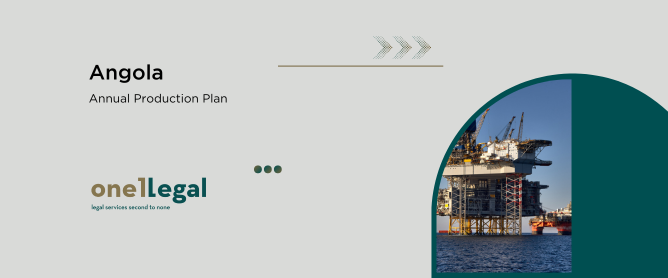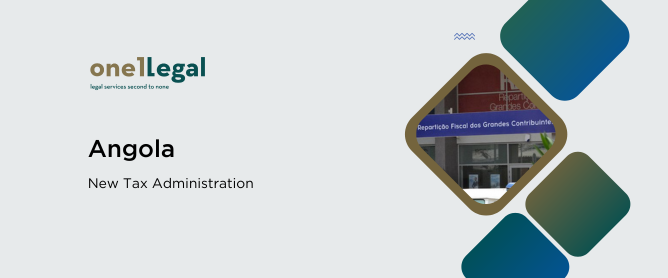29/08/2025
Angola: Annual Production Plan

Rui Amendoeira
By way of Executive Decree 687/25, of 27 August 2025, the Ministry of National Resources, Petroleum and Gas (MIREMPET) has approved the Technical Regulations for the Annual Production Plan. The Annual Production Plan is the document to be prepared by the operator of an oil field and submitted to ANPG (the National Concessionaire and regulator) on an annual basis.
This is a summary of Executive Decree 687/25 requirements:
- The Annual Production Plan must contain annual forecasts for the following:
- Production of oil, gas and water;
- Movement of oil, gas and water;
- Natural gas flaring;
- Injection of special fluids in the reservoir to enhance oil recovery;
- Waste disposal.
- Production of oil, gas and water:
- The data must be presented in the format of Table 1 attached to ED 687/25 and reflect the volumes forecasted to be effectively produced from each field. Where applicable, volumes per each production platform or FPSO must also be provided;
- Information on condensate volumes must also be provided;
- Natural gas production must be segregated between Associated and Non-Associated Natural Gas.
- Movement of oil and gas:
- The data must be presented in the format of Table 2 attached to ED 687/25 and reflect forecasted volumes to be transferred from one field to another. This includes Natural Gas transferred between fields for injection or own use in the field;
- Natural gas injection forecasts must be provided with a breakdown for secondary recovery and storage;
- Forecast on natural gas to be used in each field must also be provided.
- Movement of water:
- The data on water production associated with petroleum must be presented in the format of Table 2 attached to ED 687/25 and reflect the volumes forecasted to be effectively produced from each field;
- The data must include the following detailed information:
- Water volumes for injection;
- Injection water for secondary recovery;
- Water volumes to be discharged, including location of such discharge.
- Gas Flaring:
- The data must be presented in the format of Table 3 attached to ED 687/25;
- Gas volumes flared in fields that share the same production facilities must be calculated pro-rata to each field production.
- Injection of special fluids:
- The data must be presented in the format of Table 4 attached to ED 687/25;
- The data must breakdown CO2, N2, vapor and other special chemical fluids.
- Waste disposal:
- The data must be presented in the format of Table 5 attached to ED 687/25;
- Information on waste disposal sites/locations must be provided.
- Deadline for submission:
- The Annual Production Plan must be submitted to ANPG by the 15th of October each year.
- Revision:
- The Annual Production Plan must be revised/updated in case the General Development and Production Plan and/or the Work Program and Budget is amended to include revised forecasts for production, injection levels, gas flaring, movement of fluids or discharge volumes.
- Audit & Inspection:
- ANPG and/or MIREMPET may undertake audits and inspections to the operators to ensure compliance with the above requirements. The operators must facilitate and cooperate with such audits/inspections, including by promptly providing any information/data requested.
- ANPG and/or MIREMPET may undertake audits and inspections to the operators to ensure compliance with the above requirements. The operators must facilitate and cooperate with such audits/inspections, including by promptly providing any information/data requested.
The operators have a grace period of 180 days to comply with the requirements of Executive Decree 687/25.



